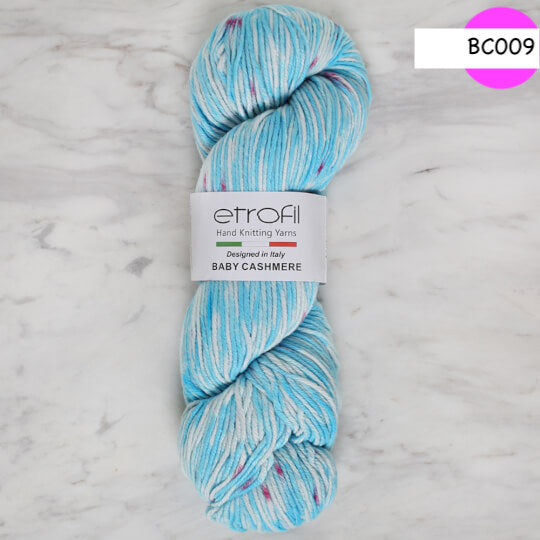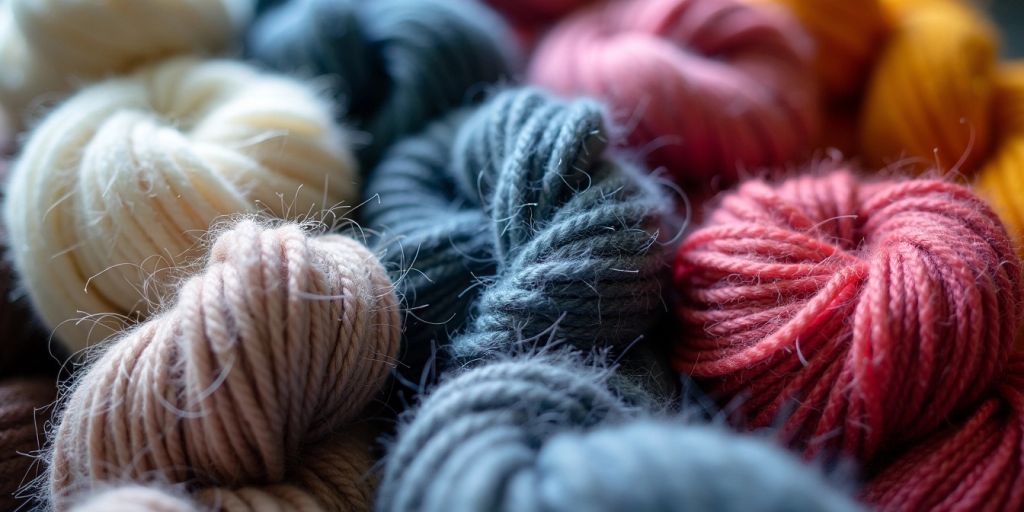The Benefits of cashmere fibre: Why It’s the Most Sought-After Material
The Benefits of cashmere fibre: Why It’s the Most Sought-After Material
Blog Article
Checking Out the Numerous Types of Cashmere an All-natural Fiber for Ultimate Deluxe
Cashmere, an all-natural fiber, is usually linked with luxury and comfort. The more budget-friendly Chinese cashmere, the typical Scottish version, and the premium Italian mix, all inform a various tale of this impressive fiber.
Recognizing the Luxurious Nature of Cashmere
Cashmere, typically connected with high-end and comfort, holds a distinct allure on the planet of natural fibers. This soft, light-weight product is fancied for its outstanding heat and exceptional resilience. Unlike other natural fibers, cashmere combines insulation with breathability, offering unmatched convenience across differing temperatures. Its shiny surface and soft structure add to its high-end allure, warranting the costs rate that frequently comes with cashmere garments. Additionally, cashmere's inherent crease resistance and elasticity enhance its worth, making it a recommended option for premium apparel and devices. Despite its fragile appearance, cashmere possesses a shocking durability, able to keep its shape and lavish feel over time. This unique mix of qualities cements cashmere's setting as a symbol of style and indulgence.
Just What Is Cashmere and Where Does It Come From?

Provided these outstanding qualities, one may question the beginning and make-up of this elegant fiber. Cashmere is acquired from the soft undercoat of cashmere goats, primarily discovered in Mongolia, China, Iran, and Afghanistan - is cashmere a natural fiber. These goats are adapted to harsh weather conditions, creating an exceptionally fine, soft underfur as a defense versus the bitter cold. This underfur, or undercoat, is what is collected for cashmere. Each spring, when the goats naturally lost their winter season layer, farmers comb out the fine underhair, leaving the coarser hair behind. This careful procedure adds to the deficiency and high cost of cashmere. With its beginning in the harsh landscapes of Asia, cashmere is a testament to nature's capability to create high-end from misfortune.
Translating the Various Sorts Of Cashmere
Recognizing the various kinds of cashmere is crucial to appreciating the high quality and distinct attributes of this extravagant material. Normally, cashmere is categorized into three kinds: raw, virgin, and reused. Raw cashmere is straight acquired from the goat and is unprocessed. This kind usually has contaminations such as dust and rugged hair. Virgin cashmere, on the other hand, is the pure, unrecycled product that is rotated into thread for the very first time. It is the softest and most glamorous. Recycled cashmere is made from virgin material that has actually been previously used. It is re-spun and made use of in generating lower-cost cashmere products. Decoding these kinds is the very first step in recognizing the exclusivity and value of cashmere.

The Special Features of Each Kind of Cashmere
Having actually explored the various categories of cashmere, it comes to be obvious that each kind boasts its one-of-a-kind set of features. Mongolian cashmere, for instance, is renowned for its premium high quality, due to Mongolia's rough wintertimes that produce longer and finer fibers. On the other hand, Chinese cashmere is often a find more information lot more economical, though its much shorter fibers can reduce toughness.
Why Cashmere Is the Epitome of High-end in Style
Cashmere holds a prestigious placement in the world of style, regarded as a symbol of luxury and sophistication (is cashmere a natural fiber). Cashmere is derived from the fine undercoat of Himalayan goats, known for their superior top quality fiber. Cashmere's unparalleled comfort and durability make it a sought-after product in the production of premium garments.
The Process of Making Cashmere: From Goat to Garment
The trip of cashmere, from being an undercoat of a Himalayan goat to a luxurious garment, is an intricate one. With the arrival of springtime, farmers in Mongolia and China gather the wool by brushing the goats, making certain no damage is done. The obtained wool is composed of rugged outer hair and soft downy undercoat. This mix is after that meticulously separated, with just the soft down utilized for cashmere. This raw cashmere is washed, colored and spun into thread. The thread is then woven or weaved into fabrics. The last step entails pushing and washing to offer the material its characteristic soft qualities and warmth. From goat to garment, each step is a testimony to the artistry, perseverance and skill associated with crafting cashmere.

Final Thought
Finally, cashmere, with its natural elegance and unparalleled convenience, reigns supreme in the world of luxury fashion. The variety in kinds, ranging from the soft Mongolian, light-weight Indian Pashmina, cost effective Chinese, conventional Scottish, to the vibrant Italian, discloses the flexibility of this natural fiber. The meticulous procedure of see here transforming it from a goat to a garment even more includes in its exclusivity, making cashmere the epitome of class and deluxe.
Cashmere, an all-natural fiber, is usually associated with luxury and convenience (is cashmere a natural fiber).Cashmere, often associated with high-end and convenience, holds a special appeal in the world of all-natural fibers. Unlike other all-natural fibers, cashmere combines insulation with breathability, supplying unmatched comfort throughout varying temperature levels. Cashmere is acquired from the soft undercoat of cashmere goats, largely located in Mongolia, China, Iran, and Afghanistan. Cashmere is derived article from the fine undercoat of Himalayan goats, recognized for their remarkable top quality fiber
Report this page